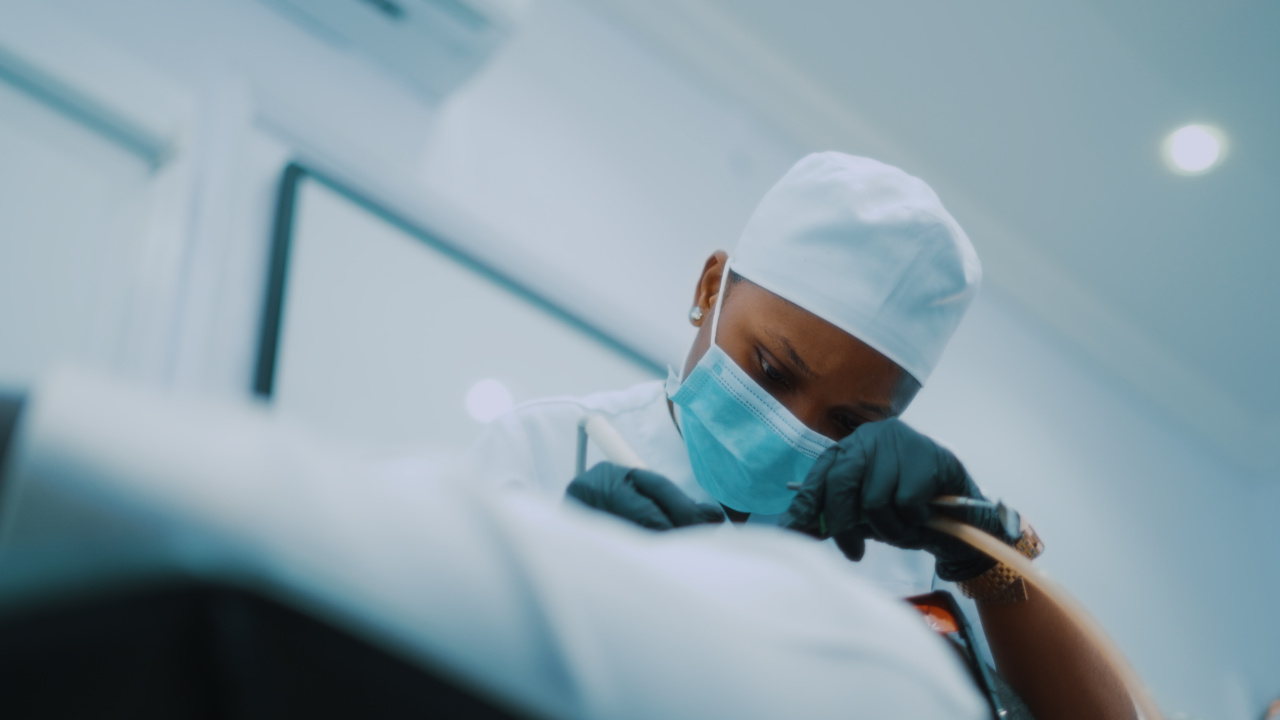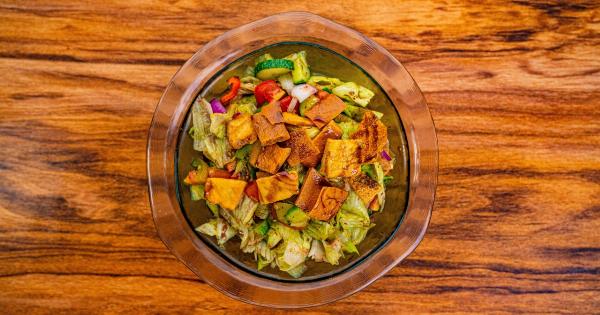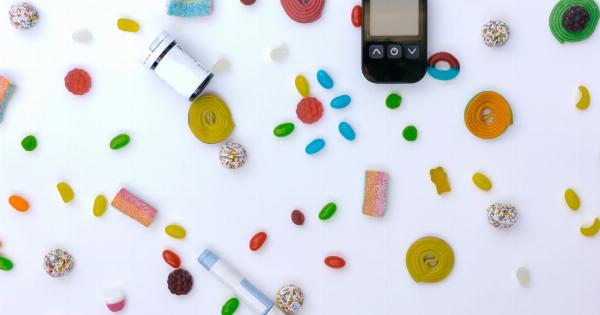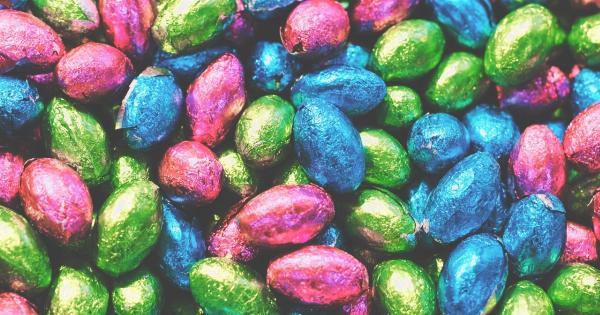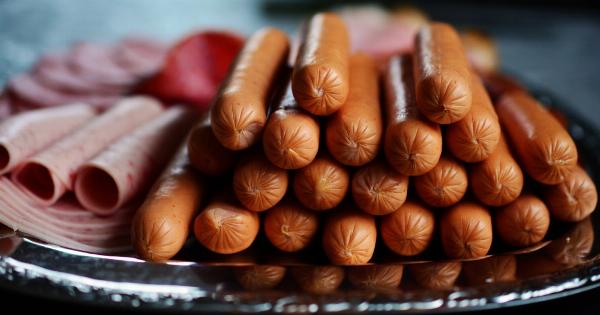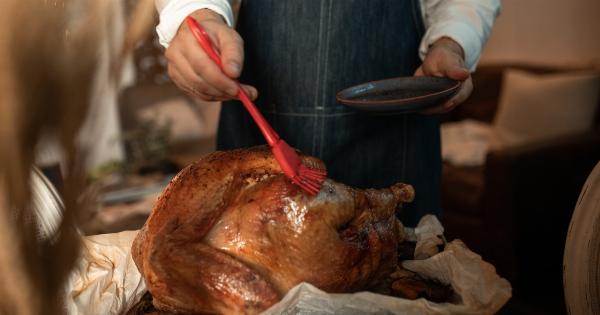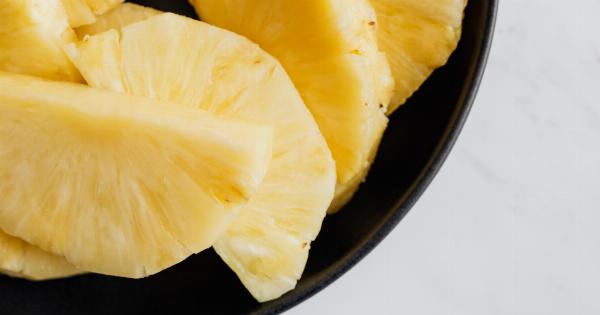Bile duct surgery, also known as biliary surgery, is a procedure that involves the removal of the bile duct or repairs to correct any abnormalities in the bile ducts.
This surgery plays a critical role in maintaining our digestive health, as the bile ducts are responsible for carrying bile from the liver to the gallbladder and then to the small intestine. Following bile duct surgery, it is crucial to adhere to specific dietary guidelines to promote proper healing, prevent complications, and improve overall well-being.
This article will outline essential dietary recommendations after bile duct surgery and discuss the importance of following these guidelines.
1. Foods to Include
After bile duct surgery, it is important to include certain foods in your diet to aid in the healing process and ensure proper nutrition. These foods include:.
- Lean proteins: Incorporate lean meats such as chicken, turkey, and fish into your meals. These proteins are essential for tissue repair and provide necessary amino acids.
- Fruits and vegetables: Focus on consuming a variety of colorful fruits and vegetables rich in vitamins, minerals, and antioxidants. These can include berries, leafy greens, citrus fruits, and cruciferous vegetables like broccoli and cauliflower.
- Whole grains: Opt for whole grains like whole wheat bread, brown rice, and oats. These grains provide fiber, which aids in digestion and prevents constipation.
- Dairy products: Choose low-fat dairy products such as milk, yogurt, and cheese, as they are good sources of calcium and protein.
- Healthy fats: Include sources of healthy fats like avocados, nuts, and olive oil. These fats support nutrient absorption and help reduce inflammation.
- Hydration: Drink an adequate amount of water each day to maintain hydration and promote overall well-being.
2. Foods to Avoid
While it is crucial to focus on foods that promote healing, there are some foods and beverages that you should avoid after bile duct surgery. These include:.
- Fatty and fried foods: Foods high in fat can be difficult for the body to digest, leading to discomfort and potential complications after surgery.
- Processed and packaged foods: These foods often contain additives, preservatives, and high levels of sodium, which can hinder the healing process and lead to inflammation.
- Spicy and acidic foods: These foods can irritate the digestive system and lead to discomfort or acid reflux. It is best to avoid them during the initial stages of recovery.
- Alcoholic beverages: Alcohol can have detrimental effects on the liver and slow down the healing process. It is essential to avoid alcohol entirely after bile duct surgery.
- Caffeine: Caffeinated beverages like coffee and tea can cause dehydration and interfere with the healing process. It is advisable to limit or avoid caffeine consumption.
3. Meal Planning and Portion Control
After bile duct surgery, it is important to focus on well-balanced meals and practice portion control. Meal planning and preparation can help ensure that you are receiving adequate nutrition while avoiding excessive intake. Consider the following tips:.
- Eat smaller meals: Instead of consuming large meals, opt for smaller, more frequent meals throughout the day. This aids digestion and prevents overloading the digestive system.
- Include all food groups: Make sure your meals consist of a balanced mix of protein, carbohydrates, and healthy fats. This ensures you receive all necessary nutrients for proper healing.
- Use cooking techniques: Choose cooking methods like baking, grilling, or steaming instead of frying. This reduces the amount of added fats and promotes healthier food choices.
- Plan meals ahead: Plan your meals in advance and prepare them at home whenever possible. This allows you to have better control over the ingredients used and portion sizes.
- Consult a dietitian: If you are unsure about meal planning or portion control, consider consulting a registered dietitian who can provide personalized guidance based on your specific needs.
4. Managing Digestive Symptoms
After bile duct surgery, you may experience digestive symptoms such as bloating, gas, or diarrhea. These symptoms can be managed by:.
- Eating smaller, more frequent meals: As mentioned earlier, consuming smaller, well-balanced meals can aid digestion and reduce discomfort.
- Avoiding trigger foods: Identify any specific foods that exacerbate your digestive symptoms and avoid them.
- Chewing thoroughly: Take the time to chew your food thoroughly. This assists in the digestion process and reduces the strain on your digestive system.
- Staying hydrated: Drink plenty of water throughout the day to maintain hydration and facilitate digestion.
- Trying probiotics: Probiotics can help improve gut health and alleviate digestive symptoms. Consult with your healthcare provider before starting any probiotic supplements.
5. Gradual Progression
It is essential to remember that dietary changes after bile duct surgery should be done gradually. Start with smaller portions and slowly reintroduce new foods into your diet.
Pay attention to how your body reacts to each food item and make modifications accordingly. Consulting with your healthcare team and dietitian throughout your recovery process plays a crucial role in ensuring a smooth transition and successful healing.
6. Active Lifestyle
Alongside following proper dietary guidelines, maintaining an active lifestyle can contribute to better overall recovery and long-term well-being.
Regular physical activity, as recommended by your healthcare provider, can aid digestion, prevent constipation, and improve your mood. Engage in activities such as walking, swimming, or gentle stretching exercises to stay active and promote healing.
Conclusion
Following dietary guidelines after bile duct surgery is essential for a successful recovery.
Including nutrient-dense foods, practicing portion control, managing digestive symptoms, and gradually reintroducing foods into your diet are all key components of a healthy and healing post-operative plan. By following these guidelines and seeking guidance from healthcare professionals and a dietitian, you can promote optimal healing and regain your digestive health after bile duct surgery.
